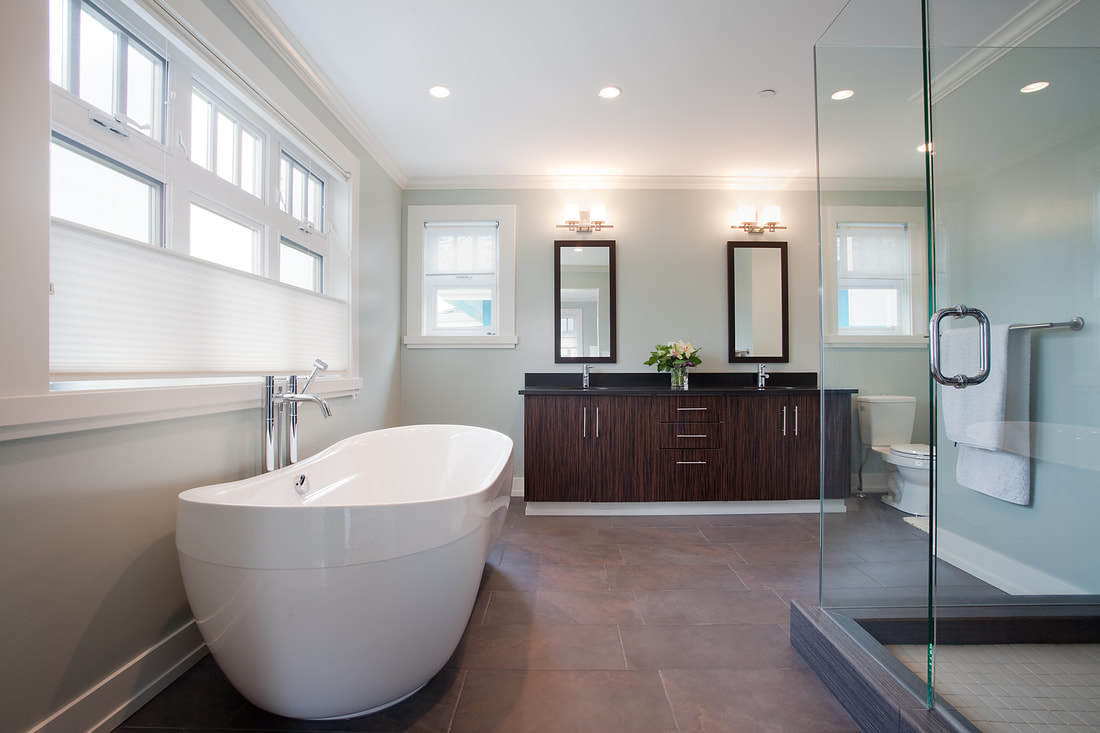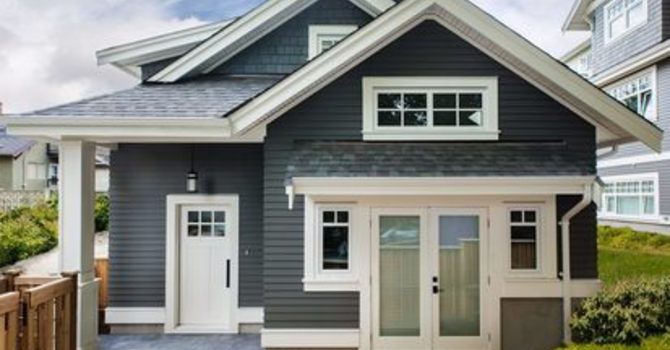
The bathroom fan may not be something you generally give a lot of thought to. From a structural perspective, bathroom exhaust fans are a key element of your home’s ventilation system. They eliminate odors, improve indoor air quality, and remove moisture and humidity that can lead to structural damage or mildew and mold growth.
It’s not uncommon for a home to have a bathroom exhaust fans that is noisy, moves very little air and is not energy efficient. Many homeowners are not even aware that their current bathroom fans may be contributing to damage in their homes.
Fans that aren’t doing their job properly need to be replaced or serviced to correct the inadequate airflow, inability to overcome static pressure, high leakage rates and general poor condition. If a mirror is steamed after a shower, or there is a build-up of condensation on bathroom walls, it is probably time to service or upgrade the bathroom fan.
Picture
There are several factors to be considered when selecting a new or replacement bathroom fan.
Airflow Rate
Of all the factors to consider, the airflow rate is the most important. It is obviously important that the fan is doing its' job for proper ventilation. When choosing a fan consulting with an expert is recommended to ensure proper functioning.
Sound Level
Various studies have shown that many people do not turn on their bathroom fans because they are too noisy. When considering fan sound levels, it is important to check for the HVI rating. If a bathroom fan does not carry an HVI rating, there is a very good chance it will be noisy.
A quiet alternative to traditional bathroom fans is the remote mounted in-line ventilation fan which are mounted in the attic, thereby removing the motor and fan assembly from within the bathroom itself providing a quiet and effective exhaust ventilation.
Picture
Energy Efficiency
An Energy Star fan is, without question, the best choice. An energy efficient fan can lead to savings in the electrical bill and increased performance of the bathroom fan. More than half of the fans operating in Canada today are not energy efficient models.
Aesthetics
Once a fan has been found that is quiet, energy efficient and delivers the required airflow, it is time to look at the looks of the fan. Two different styles of bathroom fans are worth considering: traditional ceiling mounted fans and remote mounted in-line fans.
Traditional ceiling mounted fans have a fan and motor assembly mounted in the ceiling, housed in a box with a fixed air intake grille covering the mechanics of the fan. Despite improvements in sound levels and airflow rates, they still tend to be noisy, and are not designed to overcome the higher static pressures found in many exhaust systems.
Whereas the remote mounted in-line ventilation fans provide a much quieter operation and are designed to overcome higher static pressures. In-line bathroom fans are normally mounted in the attic space. The only visible portion of the exhaust system in the bathroom is an attractive exhaust grille.
Another feature of remote mounted fans is that the air intake grille can be mounted directly over a shower or hot tub. Plus, it's possible for one fan to exhaust air through multiple grilles.
Fan control
The last point to consider when upgrading a bathroom ventilation system is how the fan is controlled. CMHC and HVI both suggest that a bathroom fan run for a minimum of 20 minutes after a shower, to allow for the removal of excess humidity and moisture. Therefore, It is recommended that a separate switch control the fan or, better yet, a timer that allows the fan to run for a predetermined amount of time after showering.
Planning a large-scale renovation or building a new home? With more than 35 years building in Vancouver and Whistler, Well Balanced Designs fully understands the in's and out's of the building industry. We make it our mission to simplify the process for our clients to ensure a seamless, stress-free experience. That results in the home you're dreaming of.
How can we help?
Download our Guide to Building or renovating in Vancouver or to our Laneway Home Building Guide for suggestions for planning your next project that lead to a great experience for you, the homeowner.
If you'd like to chat with us directly click here for contact information.





